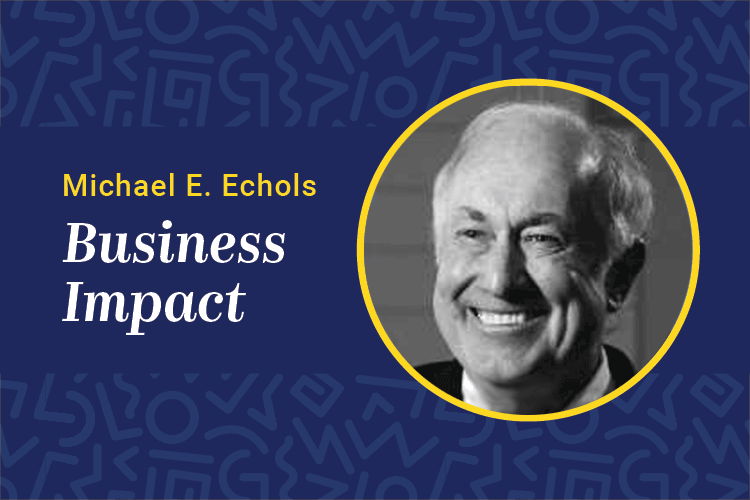I’m going to bust three myths. No. 1 is if you educate employees they will just leave the organization, taking the education investment with them. That’s a myth likely based on personal anecdotal information.
A manager convinced that education leads to employee departure no doubt has had experience with an individual who got a degree the company paid for and who then resigned. But the issue is not what one employee did. The issue is what a population of employees do when it comes to education and retention.
In my work with the Human Capital Lab, the myth is busted. In fact, education investments actually make it more likely that an employee will stay. In contrast, there is evidence that investment in graduate degrees may in fact increase the likelihood of turnover.
There is some irony in this myth. The tuition assistance benefit is most often defended as being an attractive competitive offering to recruit, but it’s most often targeted to those who already have an undergraduate degree.
Related to this graduate and undergraduate conversation is another implicit myth — that people with degrees are the most likely employees to seek additional education. This myth directly follows the fact that tuition assistance is most often defended as a tool to recruit the best and brightest from highest-prestige universities. I will have more to say about this myth in a future column.
Myth No. 2: High-potential employees are a good place to invest because high potentials are most likely to be high performers in the future. But that is not always true.
When it comes to deciding who to invest development resources in, traditionally, the most widely used approach is to choose high-potential talent. These are employees who have a demonstrated performance track record. Holding a degree is routinely viewed as one type of past performance. The reality is that high performers are less likely to have been high potentials.
Rather, such high-performing employees have “limited success at the next level due to shortcomings in their ability, aspiration, motivation or engagement,” according to the Korn/Ferry Institute research study “Using Learning Agility to Identify High Potentials Around the World.”
This Korn/Ferry work has an additional clue to bust the myth about high potentials: that past performance records may be predictive of future performance. It is more likely that behavioral factors including learning agility, aspiration, motivation or engagement are key to future performance.
The challenge for a firm is how to identify the employees who have the required behavioral characteristics that lead to future success. In some ways there is a related myth that the resume has a strong connection to the future. But resumes are actually about the past and at best offer a tenuous connection to an employee’s current motivation.
Myth No. 3: Tuition assistance benefits are used mostly by current degree holders to get advanced degrees. This last myth asks which employees are most likely to take advantage of tuition assistance benefits. The answer is important for two reasons.
In the current Washington political environment, there is considerable pressure to reduce tax benefits for the wealthy. The exemption of the first $5,250 of employee benefits from federal income taxes is a hot issue. If, as the third myth assumes, employees who already have a degree are benefiting from the tax exclusion, it looks like a special benefit to the relatively well-off.
If, on the other hand, tuition assistance is used mostly by those without an education, it has a totally different political implication. In the latter scenario, the benefit is for the disadvantaged; in the former it is just another giveaway to the relatively well-off. Who actually uses these benefits is an important public policy issue.















